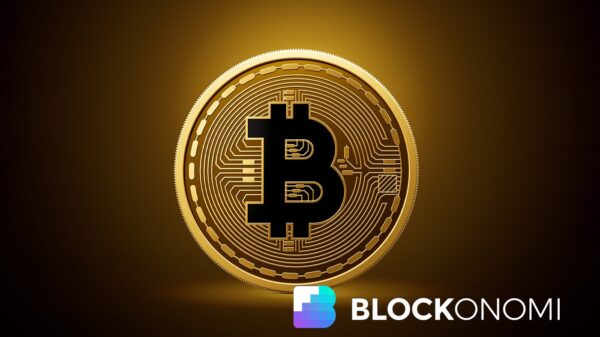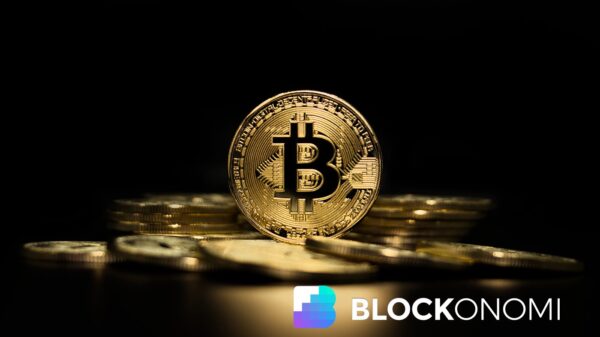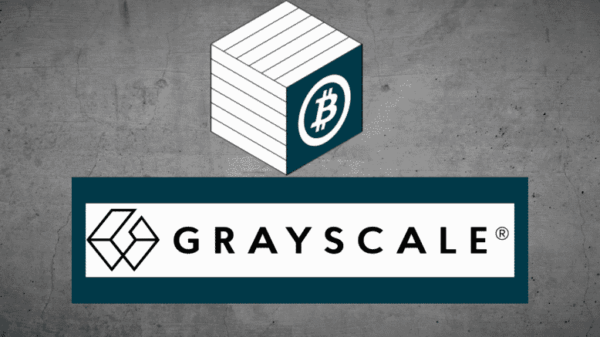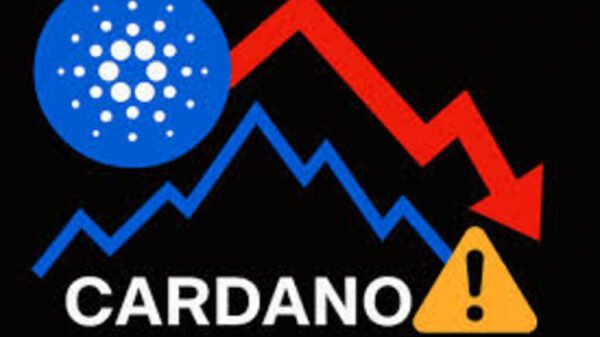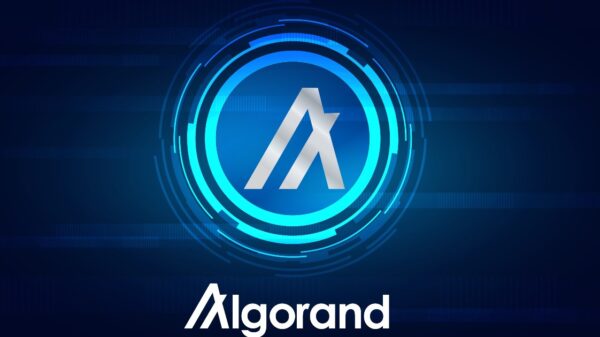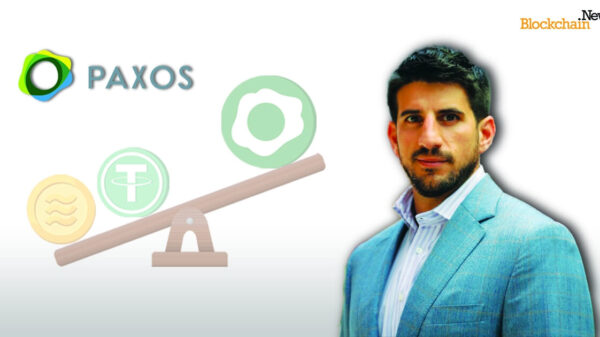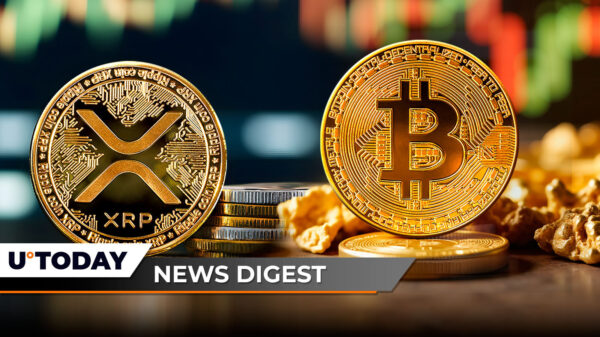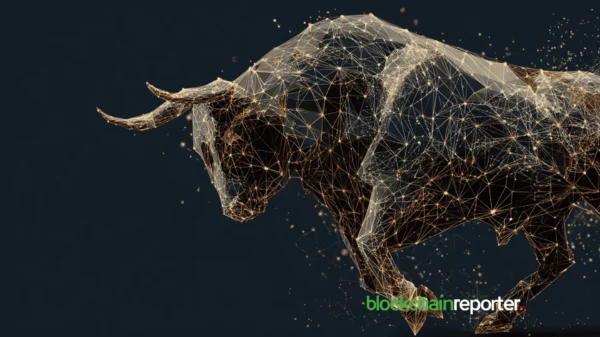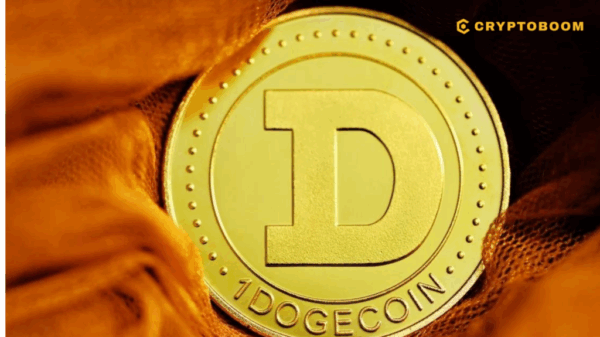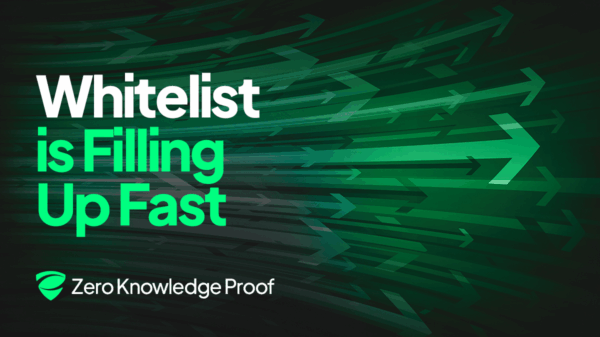As the evolution of Web3 shifts focus from mere speculative assets to practical applications, a significant development has surfaced: Decentralized Physical Infrastructure Networks, commonly referred to as DePINs. These pioneering protocols utilize blockchain technology and crypto-economic incentives to construct, manage, and sustain real-world infrastructure, encompassing areas like wireless networks, data storage, energy grids, and sensor arrays. With substantial advancements anticipated throughout 2025, DePINs are emerging as essential players in bridging the digital and physical worlds, setting the stage for a genuinely decentralized future.
DePINs signify a transformative change from the traditional centralized models of infrastructure ownership and management. Unlike conventional systems that depend on singular entities for the deployment and administration of critical services such as internet access or cloud computing, DePIN initiatives empower individuals and communities to contribute resources—such as bandwidth, computing power, and sensor data—in exchange for token rewards. This decentralized framework enhances resilience, transparency, and cost-effectiveness for users by distributing authority and incentivizing participation.
Prominent examples of this paradigm shift include established projects like Filecoin, which offers decentralized storage solutions, and Helium, incentivizing users to set up wireless hotspots for Internet of Things (IoT) devices. Additionally, newer ventures are emerging across various sectors, including decentralized computing platforms like Render Network and Akash Network, energy distribution systems, and transportation networks. These systems not only leverage blockchain for coordination and payments but also ensure integrity and trust through verifiable contributions.
Several factors are contributing to the rapid expansion of the DePIN sector in 2025. The growing need for resilient, permissionless, and censorship-resistant infrastructure in an increasingly digital landscape drives this momentum. Traditional centralized providers, while sometimes efficient, often present vulnerabilities such as single points of failure, opaque pricing, and the risk of data control or censorship—issues that DePINs are designed to address.
The underlying mechanism of crypto-economic incentives is crucial in this context. Participants earn tokens by providing tangible resources, aligning individual motivations with the collective objectives of the network, thus fostering organic growth and sustained involvement without the need for central oversight. Furthermore, advancements in blockchain scalability, enhanced oracle solutions for reliable real-world data integration, and the development of secure, energy-efficient hardware have made the deployment of DePINs more practical and effective globally.
Institutional interest is also on the rise, with venture capital firms and traditional infrastructure companies increasingly exploring and investing in DePIN initiatives, recognizing their potential for disruptive innovation and efficiency improvements in sectors previously dominated by monopolies. Additionally, a cultural shift within the Web3 ecosystem emphasizes ownership, privacy, and control over personal and communal assets, making decentralized alternatives to centralized infrastructure more attractive to both users and developers.
Despite their vast potential, DePINs encounter significant challenges that require careful navigation. Scalability remains a substantial hurdle; managing millions of decentralized physical devices while maintaining optimal network performance and transaction throughput demands a robust blockchain infrastructure. Moreover, the initial capital required for hardware deployment can be considerable for individual contributors, presenting a barrier to entry for some. Navigating a complex landscape of international regulations related to physical infrastructure, data ownership, and operational standards adds further layers of legal and operational complexity.
Looking ahead, the DePIN sector is set for remarkable growth and diversification. Anticipate significant developments in areas such as environmental monitoring, precision agriculture, smart city technologies, and even space-based networks. The integration of advanced artificial intelligence models, which require extensive decentralized data and computational resources, offers another substantial growth avenue for DePINs. As technology progresses and regulatory frameworks evolve, DePINs are positioned to redefine the construction, management, and engagement with the foundational services of our physical world.
In conclusion, DePINs have transcended their status as a fledgling concept; they now represent a dynamic and rapidly growing facet of the Web3 landscape as of late 2025. By providing decentralized, community-oriented alternatives to conventional physical infrastructure, they promise enhanced efficiency, resilience, and democratization of essential services. Although challenges related to scalability, upfront investments, and regulatory clarity linger, the ongoing innovation and increasing investment in this sector strongly indicate that DePINs are paving a vital pathway for Web3″s practical utility in the real world, fundamentally reshaping the delivery of essential services globally.







